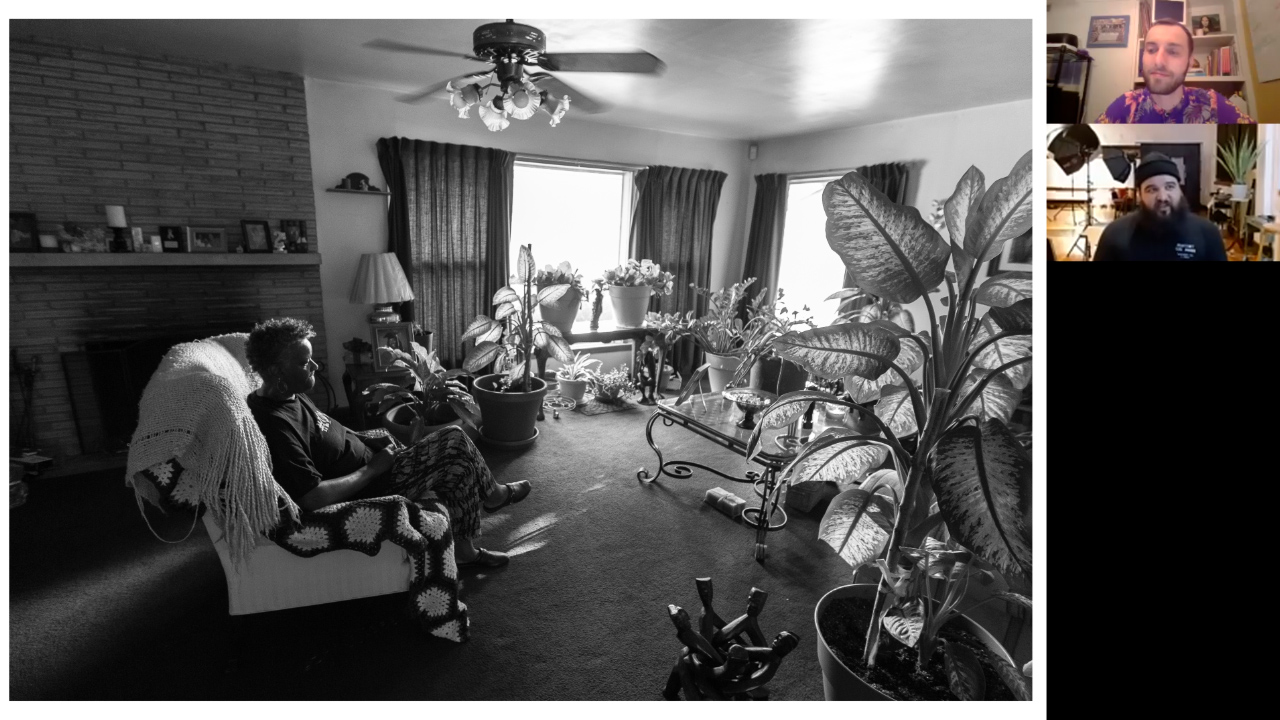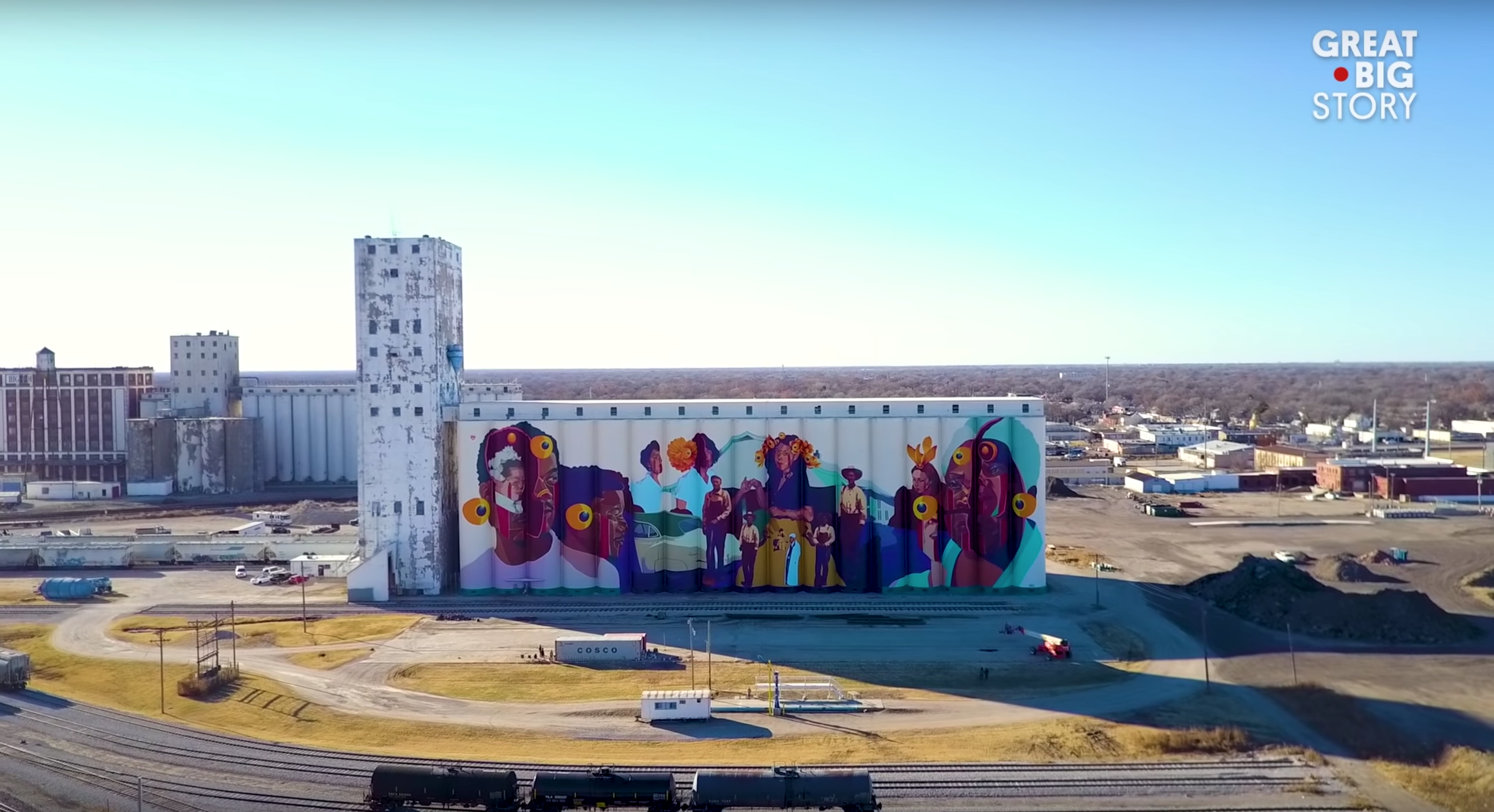For the North End residents, the phenomenological history of their neighborhood is rife with the remnants of wage slavery, poor living conditions, and racial discrimination. Conversely, some religious institutions and family owned business remain in operation today, illustrating a strong desire from those mostly Mexican immigrants to integrate into the fabric of Wichita, fostering a sense of belonging through food, the arts, and religiosity.
Dating back over 100 years, rail yards and meat packing companies actively recruited migrant Mexican workers with promises of transportation and housing. However, provisions for the workers and their families were insufficient. As worker colonies grew, new immigrants moved into North Wichita in search of better living conditions and more viable employment, they were met with opposition from labor unions that wanted to exclude Mexicans from working in Wichita.


